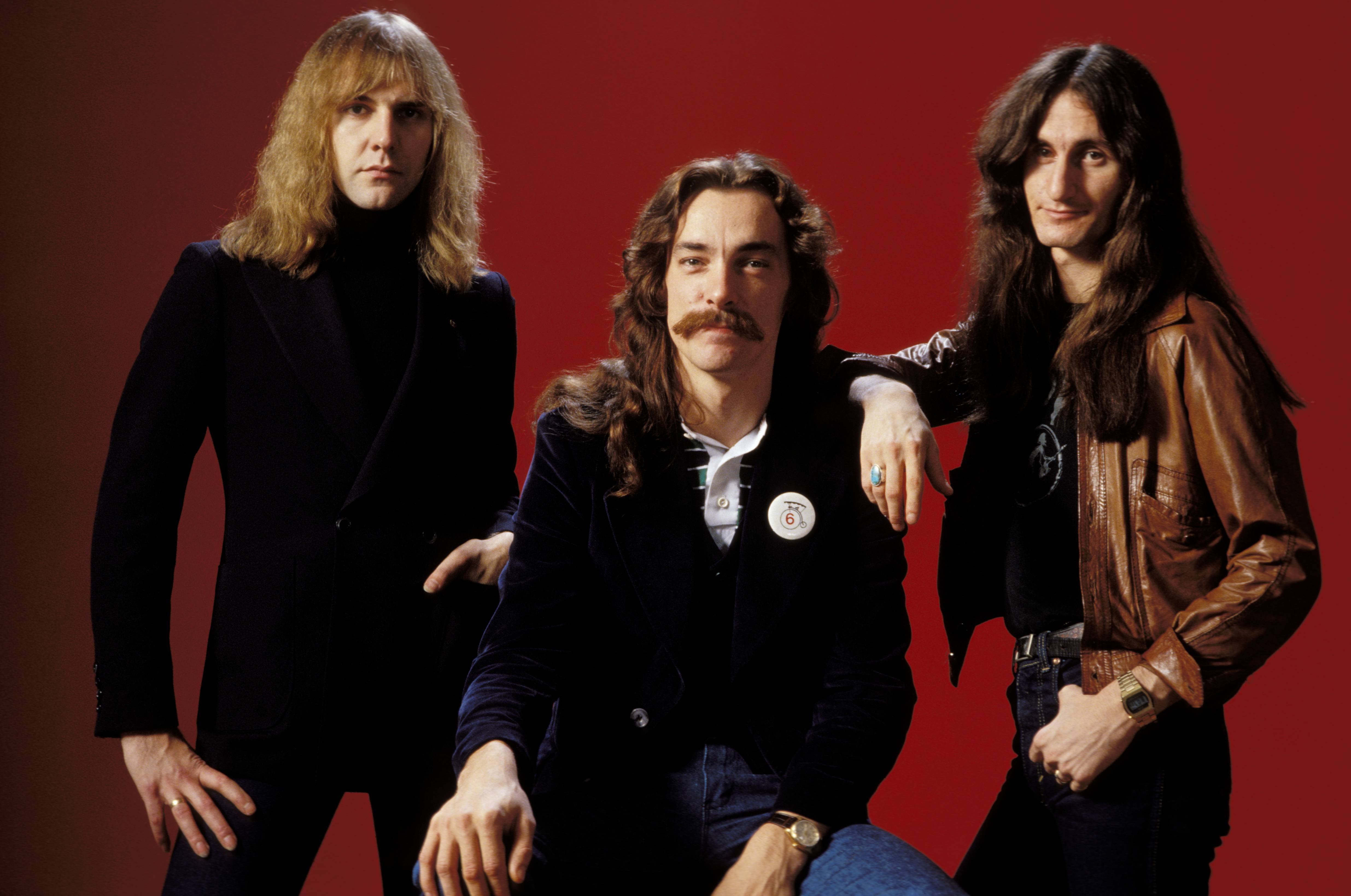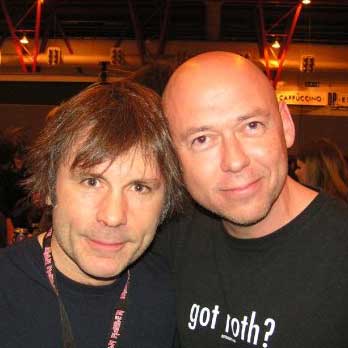“Making that record was like pulling teeth!” Rock legends Rush remember the album that drove them half-mad
It wasn’t easy being the high priests of conceptual rock

On this day (29 October) in 1978, the sixth studio album by Rush was released. Its title was Hemispheres, and as the band’s bassist, vocalist and keyboard player Geddy Lee admitted: “That record really took a chunk out of us.”
Hemispheres was a typically grand statement from the band that Metallica’s Kirk Hammett once descried as “the high priests of conceptual rock”.
The album’s title track - Cygnus X-1 Book II: Hemispheres, to give it its full name - is an 18-minute epic swallowing up a whole side of vinyl. And on side two, the dazzling, 12-part instrumental La Villa Strangiato stands as the band’s greatest ensemble performance.
But the last Rush album of the ’70s was also the last of its kind. After Hemispheres, the Canadian trio - Geddy, guitarist Alex Lifeson and drummer Neil Peart - took a radical new direction.
With the follow-up, 1980’s Permanent Waves, they streamlined their sound for a new decade - as illustrated by the zinging hit single The Spirit Of Radio.
And no wonder they changed direction. As Alex Lifeson said: “With Hemispheres, everything was a struggle.”
Here, in Alex and Geddy’s own words, is the story of that struggle…
Want all the hottest music and gear news, reviews, deals, features and more, direct to your inbox? Sign up here.
Alex Lifeson: We started working on the songs in Toronto at a rehearsal space, and then we continued at a farmhouse just down the road from Rockfield [recording studio in Wales]. The place had a large living room, and we set up in there. The idea was that we would continue writing and we’d tighten up all the arrangements.
Geddy Lee: When we arrived in Wales we had very little written. We just had some desires. It’s kind of the way we always start: everybody has their own ideas of something they want to work on, the next project. Then when we sit down together it usually goes in a completely different direction, but at least we have a starting point.
Alex Lifeson: The problem with Hemispheres was that we were really lost in direction sometimes. It was all so difficult – even the keys we were playing in.
Geddy Lee: We wrote everything at the farmhouse and went straight into Rockfield to start recording it. So we never got a chance to kind of play it out and rehearse it, and for me to see where the range was. It’s one thing to sit down with a guitar, thinking, ‘OK, that’s going to work like that.’ But once you finish it and sing it out, you go, ‘F*ck, this is high!’ This whole record really pushed me into the upper register.
Alex Lifeson: We ended up spending a lot longer recording it than we’d planned. That’s what made it so hard.
Geddy Lee: The whole thing took months, and it was tough. There were a lot of songs that were a lot more difficult to sing than I imagined. I couldn’t hit a lot of notes. Everything we did was like pulling teeth.
Alex Lifeson: In the end we went to another studio in London – Advision. It was where we’d mixed [1977 album] A Farewell To Kings and we’d been very happy with how that came out. But with Hemispheres, nothing ever sounded good there.
Geddy Lee: Vocals had to be redone, so every day at Advision I would go into a little vocal room and sing. Some days it would be okay. Other days my voice would be shot, and I’d just have to push through it. It was very frustrating.
Alex Lifeson: We actually went home for a week, and then came back to London to mix the album at Trident studios. By that point, finally, we were a lot more settled about where we were going with the record.
Geddy Lee: We spent a lot of time deep in that Hemispheres record. It was very ambitious, hard to record, hard for me to sing. It was even hard to mix. It really took a chunk out of us.
Alex Lifeson: There were some great songs on Hemispheres. I still think that La Villa Strangiato is one of the best things we’ve ever done. But we came out of that record feeling that we were becoming a bit formulaic.
Geddy Lee: The title track [Cygnus X-1 Book II: Hemispheres] was another side-long piece. It was in a sense a different version of [1976 track] 2112. The notes were different, the story was different, but structurally we started feeling that we were repeating ourselves. So we thought, this isn’t healthy for us. We’ve got to break out of that. We needed a new direction, and we found it with Permanent Waves…”

Paul Elliott has worked for leading music titles since 1985, including Sounds, Kerrang!, MOJO and Q. He is the author of several books including the first biography of Guns N’ Roses and the autobiography of bodyguard-to-the-stars Danny Francis. He has written liner notes for classic album reissues by artists such as Def Leppard, Thin Lizzy and Kiss. He lives in Bath - of which David Coverdale recently said: “How very Roman of you!”

